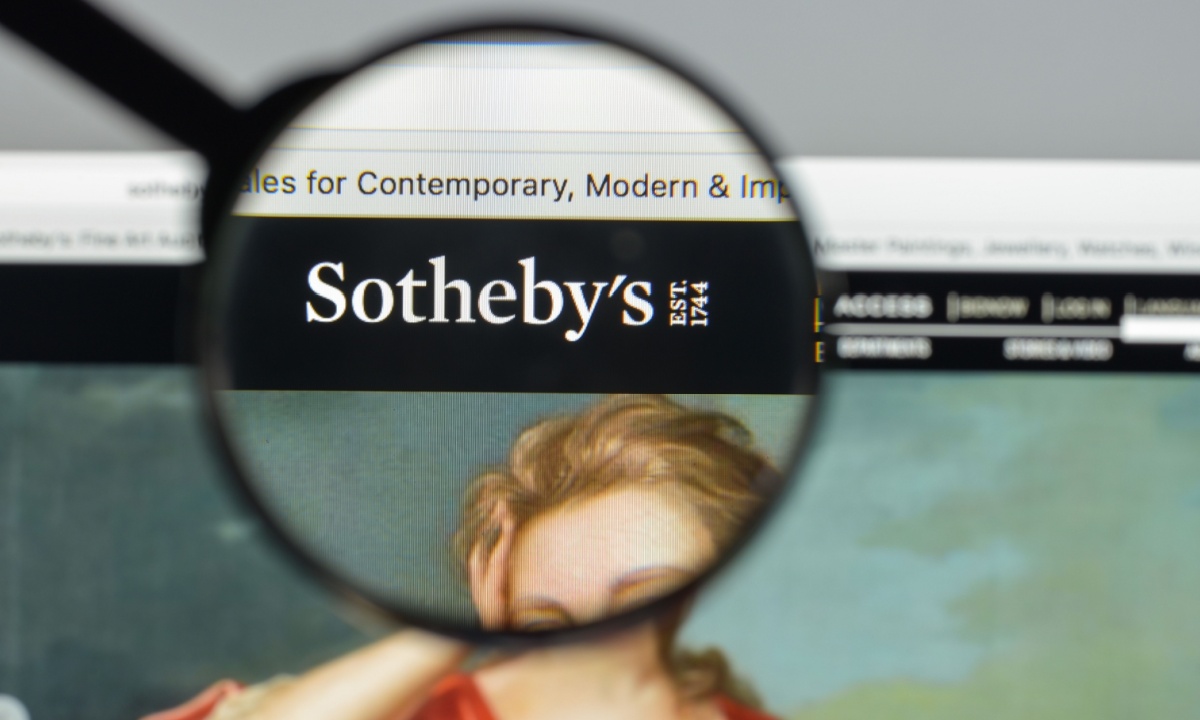Sotheby's Pulls the Plug: Digital Marketplace Collapse Signals Shifting Art Market Strategies

In a strategic shift, Sotheby's, the renowned international auction house, has reportedly closed its Buy Now eCommerce platform in mainland China while maintaining its digital sales operations in Hong Kong. This move signals a nuanced approach to the Chinese art market amid evolving economic and regulatory landscapes.
The decision to discontinue the Buy Now service in mainland China suggests the company is recalibrating its digital sales strategy, potentially in response to market challenges or strategic realignment. By preserving its eCommerce presence in Hong Kong, Sotheby's demonstrates a targeted and adaptive approach to its digital art and luxury goods sales in the region.
While specific details about the closure remain limited, the auction house continues to explore innovative ways to connect collectors with rare and valuable items through its remaining digital channels. This development highlights the dynamic nature of luxury market strategies in an increasingly complex global marketplace.

